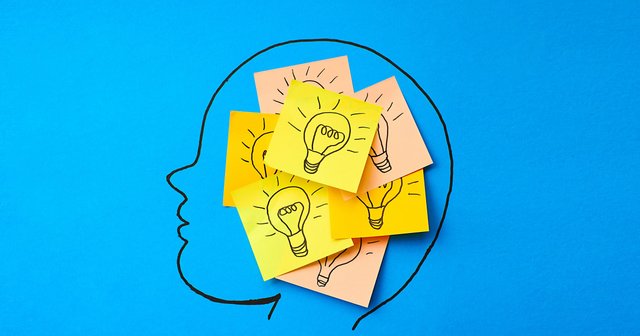If you're constantly struggling to memorize facts and information, you're not alone. There are several methods that can help you with this problem. These include using visual mnemonics and storytelling. These techniques are proven to help you remember facts. Using them can help you to learn and recall information much easier and more quickly. Try them and you'll be amazed at how well they work. So, don't waste any more time struggling with memory and start using them today.

Memory tricks
Memory tricks are an effective way to help you remember things. One of the best ways to do this is to create acronyms. Acronyms are groups of words that sound alike and are easily remembered. For example, the word 'Great Lakes' can be remembered as 'glwt', while a mathematical order of operations can be remembered as 'gwst.' Another way to memorize information is to repeat it. This will force your memory to store the information better.
Another good memory trick is to use visuals. We tend to remember things we see better than those we hear. Using images and words engage more senses, which helps us to remember things more easily. Imagine you're trying to memorize the order of operations for math. You then picture this picture in your mind and focus your mind on it.
Repetition
Repetition is a common strategy for re-memorizing things. However, some methods are more effective than others. According to research, massed repetition works slightly better than not repeating the information at all. The process is natural and can help people recall things. But repetition can also cause you to forget things, so it's important to remember to do it only when necessary.
One effective method to memorize information is spaced repetition. It involves reteaching a new subject over a short period of time. This technique is highly effective for exam preparation, because it helps you recall information better.
Visual mnemonics
Visual mnemonics are a great way to help you remember things. The key is to make the images as vivid as possible. People who are more visual often remember things more readily than those who are not. A few examples of these techniques are the alliterative mnemonics, prominent features mnemonics, and spelling mnemonics.
Another effective mnemonic is the use of music. Unlike long strings of words, music provides structure and encourages repetition. In addition, catchy songs are much easier to remember than a long list of words. In fact, advertisers use jingles to get their messages into your brain. Think of the ABC song or the periodic table song!
Storytelling
It's difficult to tell a good story if you can't memorize it. Several factors are at play. First of all, the story must be able to connect with the listeners. If you aren't able to remember your story, you're not connecting with your audience.
Fortunately, there are several tools you can use to help you memorize a story. By weaving new learning into stories, you can help your brain remember the information more easily and engage in a positive emotional state. This is because stories hook into the brain's enduring memory framework.
Chunking
Chunking is a technique that helps people remember information. It bypasses the limited capacity of the working memory by storing information in small units called chunks. Chunked information is easier to recall because it is easier to understand. A chunk consists of seven or fewer information items.
Chunking can be used to memorize anything, from lists to names and numbers. The idea is to select only the pieces of information that are important to remember. For example, students of history often receive a timeline that lists dates and events. They then need to circle the parts that are important to them.